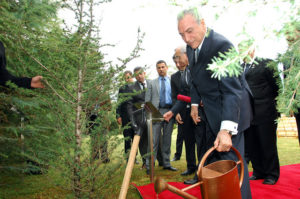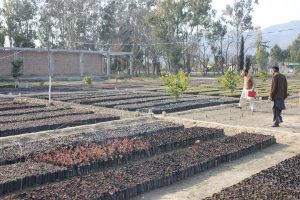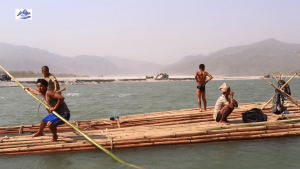Latin America Development Bank (CAF) will partner with new infrastructure lender the New Development Bank (NDB or BRICS bank) as it seeks to learn from the former’s unique model of development finance, Enrique Garcia, CAF’s Executive President, has told Diálogo Chino in an interview.
Garcia recently held an “excellent” meeting with NDB president K.V. Kanath in Washington DC, at which they agreed to cooperate on developing the institutional capacity of the new bank set up by Brazil, Russia, China, India and South Africa. The management of social and environmental risks featured high on the agenda.
“This should be a very important element,” said Garcia, who was giving a lecture at the London School of Economics and Political Science (LSE) last week. “To do this in a modern way, not as an obstacle… is very crucial to development,” he continued.
The NDB approved a first batch of loans for renewable energy projects last month in a move that disgruntled green groups, who said it lacked a policy framework to safeguard against the undesired impacts of the infrastructure it will fund.
When asked about the NDB’s lack of a permanent staff to respond the public’s concerns about the environmental impacts of its projects, Garcia replied: “The thing is they are just starting. It is early in the game. But I have a very good impression of the people and the staff.”
Novel structure
CAF was established in 1970 and is owned by 17 Latin American countries, Spain and Portugal. It is unique in that all members act as donors and recipients, something which piqued the NDB’s interest as it seeks to present itself as an alternative to US-led development lenders such as the World Bank.
Nor does CAF have a resident board as it is governed by member countries’ finance or planning ministers. Though different in structure, the bank’s board performs functions similar to those of the permanent governors of the World Bank or Asia Development Bank (ADB).
Regardless of governance structure, Garcia believes that it can support sustainable development in two ways. The first is to ensure the quality of the projects, the second is to directly finance initiatives which have sustainability as their underpinning justification, such as clean energy projects.
Upgrading trade
Despite China’s slowing demand for Latin American commodities, which account for the bulk of export revenues for countries such as Brazil, Argentina and Venezeula, it still offers a solution to the region’s current economic woes, Garcia says. To do this, the nature of trade and investment must change.
Firstly, China has to diversify its investments away those relating to the export of the commodities required to fuel its growth, such a soya, iron ore, oil and copper. Secondly, China should desist from bringing ‘shipfuls’ of workers to Latin America to work on the projects it supports, since in doing so it creates local tensions but fails to create new borrowers – one of the main aims of investment.
In their new role overseas investors, China’s financial institutions should now be more sensitive to the development needs of recipient countries, such as those in Latin America. This also means sharing the lessons learned from their own industrialisation.
Pointing to the remarkable growth of the technology and innovation sectors in China Garcia said: “What we tell our Chinese friends is: ‘why don’t you bring some investments in areas of that quality?’”







![Black-necked cranes on the Naymjang Chu riverbed near Zemithang village of Pangchen valley in Tawang district. [image by Lham Tsering]](https://dialogue.earth/content/uploads/2016/05/2.-Black-necked-cranes-on-the-Naymjang-Chu-riverbed-near-Zemithang-village-of-Pangchen-valley-in-Tawang-district.-Photo-by-Lham-Tsering-300x190.jpg)